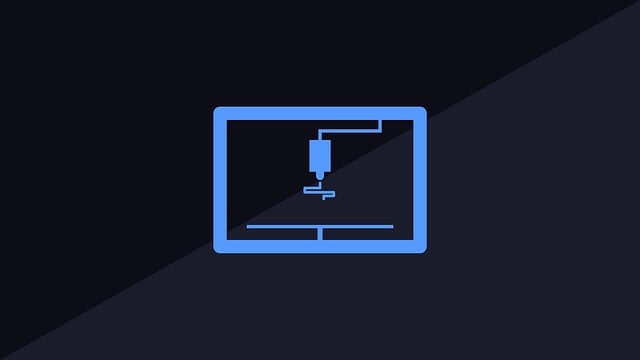Real-time 4D ultrasound is a groundbreaking tool for neurology, offering dynamic imaging of brain structures and neural activity over time. Non-invasive and advanced, it tracks blood flow, detects abnormalities, and enhances diagnostic accuracy in vascular malformations, injuries, and developmental disorders. This technology revolutionizes care for neurological conditions like autism and cerebral palsy, enabling personalized interventions based on longitudinal monitoring.
In the realm of neurological assessment, cutting-edge imaging technologies like 3D and 4D visualization are revolutionizing diagnosis. This article explores how these advanced techniques, particularly real-time 4D ultrasound, offer unprecedented insights into brain structure and development. We delve into the benefits of 3D imaging for accurate identification of abnormalities, while 4D visualization enables tracking neural growth in real-time. Discover how these innovations enhance patient care and open new avenues for neurological research.
Real-Time 4D Ultrasound: Advancing Neurological Diagnosis
Real-time 4D ultrasound offers a groundbreaking approach to neurological disorder assessment, providing dynamic and detailed insights into brain and nerve structures. Unlike traditional 2D imaging, which captures static images at specific moments, 4D ultrasound allows for continuous observation of physiological processes over time. This enables healthcare professionals to track blood flow, monitor neuronal activity, and detect subtle abnormalities that may be overlooked in conventional scans.
The advanced technology captures four dimensions—three spatial dimensions and time—enabling a more comprehensive understanding of neurological conditions. Real-time visualization enhances diagnostic accuracy, particularly for assessing vascular malformations, brain injuries, and developmental abnormalities. This non-invasive technique offers a safer alternative to other diagnostic methods, making it a valuable tool in the early detection and management of neurological disorders.
Unlocking Brain Insights: 3D Imaging Techniques
The advancement of neuroimaging techniques has revolutionized the way we understand and diagnose neurological disorders. One of the most significant breakthroughs is the application of 3D and 4D imaging technologies, offering unprecedented insights into brain structure and function. By creating detailed, three-dimensional models of the brain, these advanced methods enable neurologists to study complex neural networks with greater accuracy.
Real-time 4D ultrasound, for instance, provides dynamic visualization of cerebral blood flow and structural changes over time. This non-invasive technique captures the intricate movements and interactions within the brain, facilitating early detection and monitoring of conditions such as stroke, tumors, or developmental abnormalities. With its ability to offer real-time feedback, 4D ultrasound enhances the precision of diagnosis and treatment planning, ultimately improving patient outcomes.
4D Visualization: Tracking Neural Development
4D visualization, enabled by advanced techniques like real-time 4D ultrasound, offers a dynamic glimpse into neural development. This technology allows researchers and healthcare professionals to track the growth and changes in the brain and nervous system over time, providing valuable insights that traditional 2D imaging cannot match. By capturing moving images of developing neurons and their connections, 4D ultrasound helps in understanding crucial stages of neurodevelopment, identifying abnormalities early, and even predicting outcomes for individuals with neurological disorders.
This dynamic perspective is particularly beneficial for studying conditions where neural development is affected, such as autism spectrum disorder or cerebral palsy. Real-time 4D ultrasound can help detect structural anomalies, assess the impact of treatments, and monitor progress over months or years, ultimately paving the way for more personalized and effective interventions.
Enhancing Care: Practical Applications of Advanced Imaging
Advanced imaging techniques, such as real-time 4D ultrasound, are transforming the way neurological disorders are assessed and managed. This technology provides a non-invasive window into the brain and nervous system, enabling healthcare professionals to visualize structural abnormalities, monitor disease progression, and even predict outcomes with greater accuracy.
By offering dynamic images that capture anatomical changes over time, real-time 4D ultrasound enhances care through improved diagnosis and personalized treatment planning. It allows for detailed examination of neural development in fetuses, enables the assessment of brain and spinal cord injuries, and assists in the monitoring of neurological conditions like epilepsy and multiple sclerosis. This practical application of advanced imaging promises to revolutionize patient care, leading to more effective interventions and better quality of life for individuals living with neurological disorders.
Advanced imaging techniques, such as real-time 4D ultrasound and 3D imaging, are revolutionizing neurological disorder assessment. By providing detailed, dynamic visualizations of the brain, these technologies enable healthcare professionals to make more accurate diagnoses and track neural development over time. The practical applications of these innovations enhance patient care, promising a brighter future for those affected by neurological conditions.
